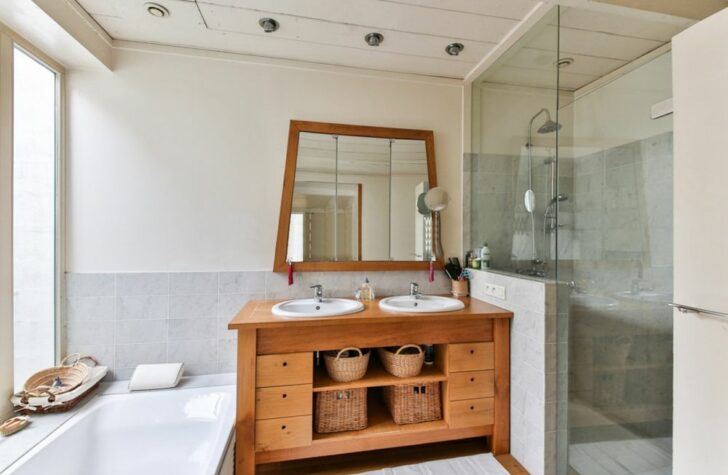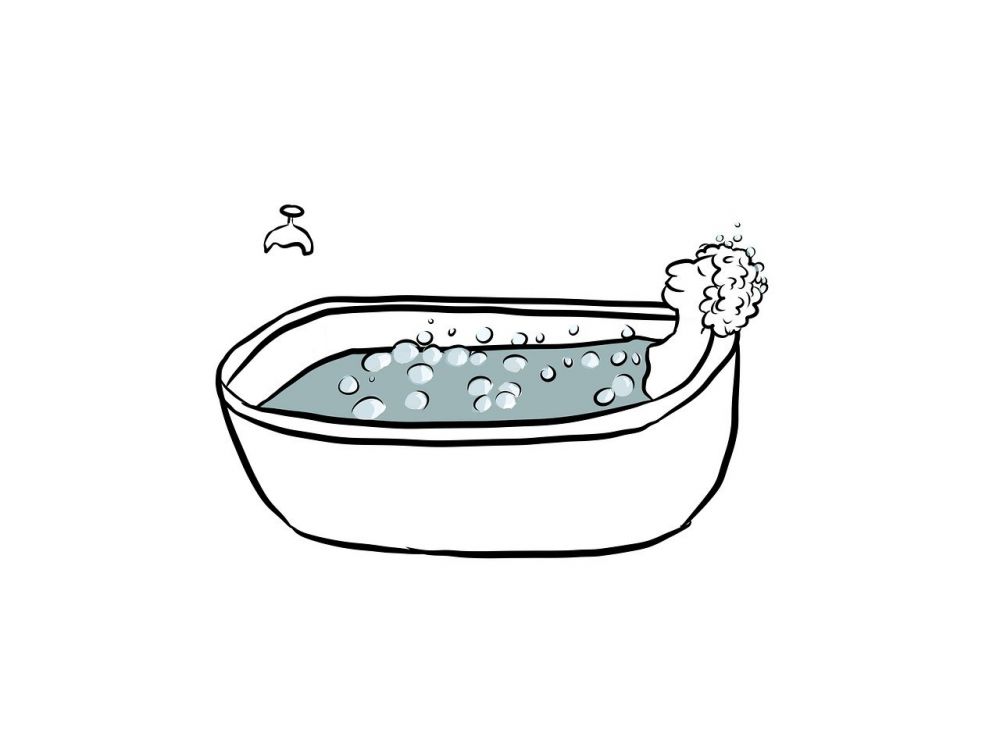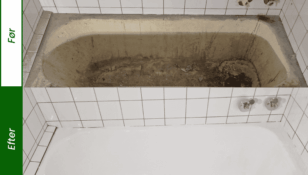Afløb badeværelse Essential Information for Homeowners

Introduction
When it comes to maintaining a functional and clean bathroom, one often overlooks the importance of a well-functioning bathroom drain. A bathroom drain plays a vital role in ensuring efficient waste disposal, preventing clogs, and maintaining proper hygiene. In this article, we delve into the world of bathroom drains, covering their historical development, important considerations, and tips for maintenance.
Understanding Bathroom Drains

A bathroom drain, commonly referred to as an “afløb badeværelse” in Danish, is a plumbing fixture designed to remove waste water from sinks, showers, and bathtubs. It consists of a pipe system that carries wastewater away from the bathroom and connects with the main sewer or septic tank. It is crucial to ensure that these drains are installed properly and well-maintained for optimal functionality.
The Evolution of Bathroom Drains
The concept of draining waste water from bathrooms has existed for centuries. In ancient civilizations, such as the Indus Valley and Ancient Rome, rudimentary plumbing systems were used to carry waste away from living spaces. These early systems primarily relied on gravity to move water through open drains and into nearby water bodies.
However, it was during the 19th century when significant advancements in plumbing technology revolutionized bathroom drainage. The introduction of indoor plumbing systems, including the development of traps and venting systems, allowed for more efficient wastewater disposal. These innovations provided a significant boost to sanitation standards and improved overall bathroom functionality.
Important Considerations for Bathroom Drains
1. Drain Size and Positioning:
When choosing a drain for your bathroom, consider the size and positioning relative to your fixtures. Opt for larger drains in shower areas to handle the increased flow of water. Additionally, appropriate positioning of drains can help prevent standing water and potential odors.
2. Clog Prevention Measures:
Clogged drains are a common bathroom nuisance. Utilize drain covers to catch hair, soap residue, and other debris, reducing the likelihood of blockages. Regular cleaning and flushing with hot water can also prevent clogs from forming.
3. Material Quality:
Invest in high-quality drain materials to ensure durability and longevity. Stainless steel and PVC are popular options due to their resistance to corrosion and chemicals commonly found in bathrooms.
4. Proper Ventilation:
Proper ventilation is essential for maintaining a healthy bathroom environment. Vent pipes help equalize air pressure, preventing the buildup of foul odors and gases. Ensure that your drain system is connected to an appropriate venting system.
Maintenance Tips for Bathroom Drains
1. Regular Cleaning:
Periodically clean your bathroom drains using a mixture of baking soda and vinegar. Pour this solution down the drain followed by a flush of hot water to remove soap scum, debris, and prevent the buildup of harmful bacteria.
2. Avoid Chemical Drain Cleaners:
Chemical drain cleaners may seem like a quick fix, but frequent use can lead to pipe corrosion and damage. Instead, opt for natural cleaning agents such as enzymatic cleaners or physically remove clogs using a drain snake.
3. Professional Inspections:
Schedule regular inspections with a professional plumber to ensure the functionality of your bathroom drains. They can identify potential issues, perform necessary repairs, and provide expert advice on maintenance.
In conclusion, a well-maintained bathroom drain is essential for a functional and hygienic bathroom. Understanding the history, considerations, and maintenance tips for bathroom drains can help homeowners ensure optimal performance and prevent costly repairs. By taking proactive measures and regular maintenance, homeowners can enjoy a hassle-free bathroom experience and peace of mind.

















